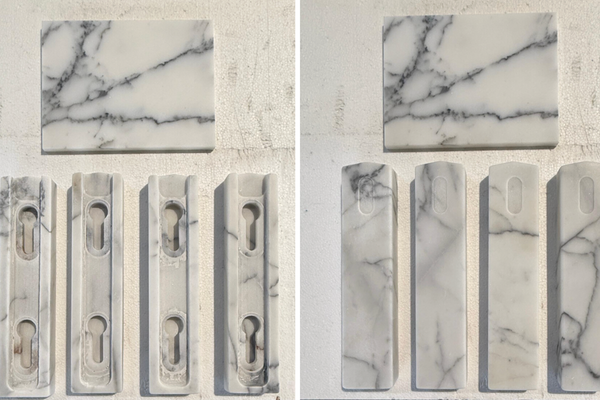The prices of gasoline and kerosene continue to rise. The government must implement effective measures to support households and companies that are struggling with high fuel prices.
The national average price of regular gasoline was 170.2 yen per liter as of Jan. 24, topping 170 yen per liter for the first time in about 13 years. In response, the government has launched a program to provide subsidies to oil wholesalers for the first time, to curb surging gasoline prices.
From Jan. 27, a subsidy will be paid of 3.4 yen per liter of gasoline sold to wholesalers -- comprising the 0.2 yen in excess of the government-set threshold of 170 yen required to launch the subsidy program, and the 3.2 yen that crude oil prices are expected to rise over the next week. The government plans to review the amount of the subsidies every Wednesday, in principle.
An organization of wholesale companies said it would use an amount equivalent to the total subsidies to lower retail prices. The move is expected to be reflected in retail prices at gas stations over the next one to two weeks.
However, actual retail prices are determined by gas station operators, based on such factors as expenses and trends at rival stations. It is necessary to ensure that the benefits of the subsidy program reach customers.
The government intends to investigate whether retail prices are kept down in various regions. As long as government subsidies are being paid out, it needs to keep an eye on price movements.
The supplementary budget for the current fiscal year contains 80 billion yen allocated for the subsidy program. Under the program, distributors receive subsidies for up to 5 yen over the 170 yen threshold. The threshold will be raised by 1 yen every four weeks. Light oil, kerosene and heavy oil will also be covered by the scheme, according to the government.
It is unusual for the government to curb soaring fuel prices with subsidies. The government said it is a temporary measure until the end of March to avoid drastic price changes, but there are concerns that it could distort the price-fixing mechanism. It is essential to thoroughly explain to the public the purpose and structure of the program.
Support should be concentrated on households in cold regions where a large amount of fuel is used for heating, and on the transportation industry and farmers and fishermen, among others, who bear heavy fuel costs. High fuel prices are expected to be prolonged, so the government must consider how to carefully handle the situation.
Crude oil prices have remained high amid a recovery in demand.
The price of benchmark U.S. crude oil futures temporarily reached 87 dollars per barrel on Jan. 19, the highest level in about seven years and three months. This has caused inflation and threatens the global economy. There are also concerns over the impact of the growing tension in Ukraine involving oil-producing Russia.
OPEC+, which consists of the members of the Organization of Petroleum Exporting Countries and oil-producing nonmembers such as Russia, is scheduled to hold its next meeting on Feb. 2. Oil-consuming countries, including Japan, should ask producing nations to further increase production to prevent the global economy from slowing down.
-- The original Japanese article appeared in The Yomiuri Shimbun on Jan. 27, 2022.
Read more from The Japan News at https://japannews.yomiuri.co.jp/







